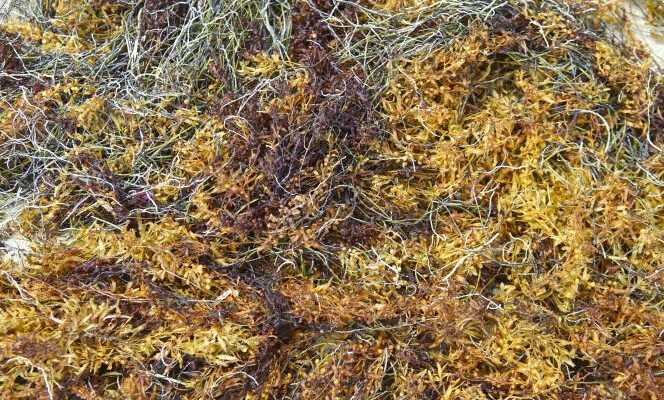The most complete diagnosis possible: this is what the United Nations had asked for regarding the state of health of the world ocean. The response, written by some 300 scientists, arrived on June 8, 2021 in the form of a 1,200-page document. This big “assessment of assessments” (The World Ocean AssessmentWOA) can only confirm that of the Intergovernmental Panel on Climate Change published in 2019 and other studies published since: from the bottom of the abyss to the coasts, the entire marine universe is jostled under the effects combination of climate change and human activities.
This article is taken from “World Report” 2022. The new edition is on sale in newsstands from Monday, January 24 or online by visiting the website Boutique.lemonde.fr
Fauna, flora, chemical composition, alteration of coastal zones, multiplication of pathogens: since the first edition of the WOA in 2016, most indicators continued to deteriorate. And it was necessary to add chapters for additional threats: the noise generated by industrial activities at the bottom of the water, the accelerated erosion of the coasts, the new pollutants which are added to the invasion of plastic waste, the distribution of medicinal substances…
In addition, the ocean is absorbing ever more CO2 and heat. The coasts are eroding or are concreted, the temperatures rise in a heterogeneous way more and more quickly on the surface of the water but also several kilometers below; salinity levels are changing – the entire Atlantic basin is now saltier than in the 1950s, while the water is becoming fresher near the poles where the ice is melting.
In the more acidic global ocean, the global volume of dissolved oxygen has decreased by 2% over the past five decades, unequally depending on the region and depth. There were 400 “dead zones” – in other words hypoxic or, in the worst case, anoxic – until 2008, there were around 700 in 2019. These areas deserted by fauna fleeing asphyxiation also contribute to the emission of large amounts of nitrous oxide, a powerful greenhouse gas.
Moreover, out of 10,000 species of plankton, around 200 have the capacity to produce dreadful toxins. The Intergovernmental Oceanographic Commission has published an analysis of 9,500 massive blooms of harmful algae that have had an impact on humans over the past thirty-three years.
You have 68.97% of this article left to read. The following is for subscribers only.
